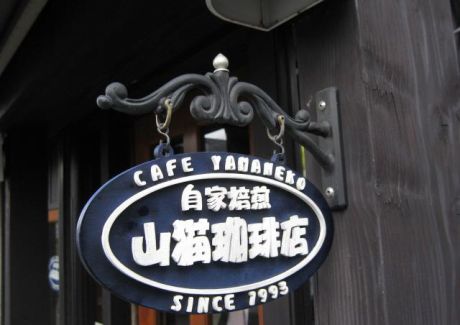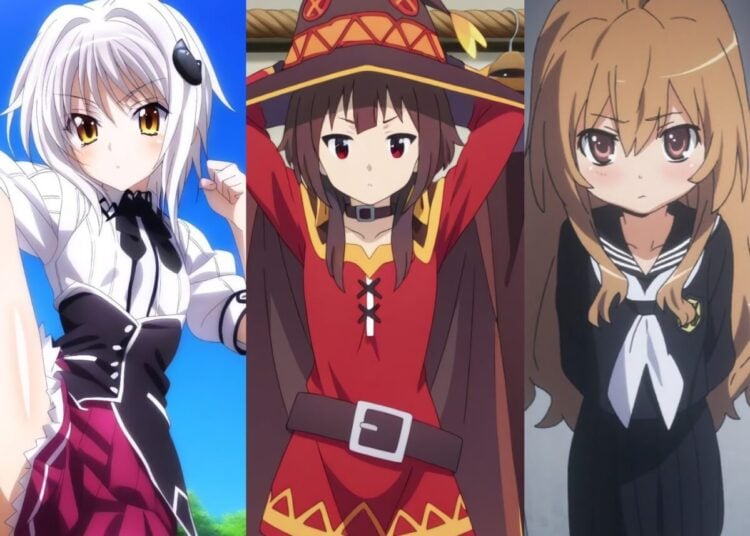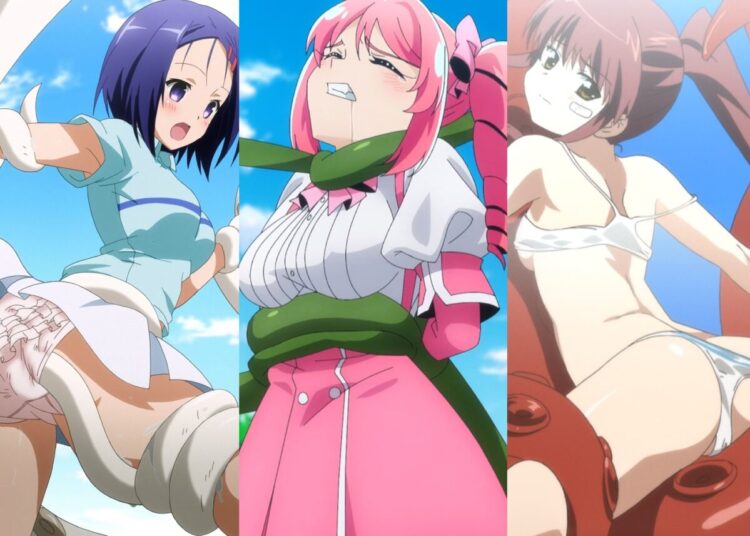When you study Japanese, you have to come to grips with the fact that, while the rules that govern how the grammar and writing system work are surprisingly straightforward and logical, there are also lots of exceptions to these rules. Japanese sentences are marked with easy-to-understand “particles” that denote the subject, object, predicate and so on, which is all very nice…except for that fact that many of these words are omitted in actual use since they’re clear from the context. If you watch anime in Japanese you’ll quickly learn that –chan is a name suffix for girls and –kun is for boys…and yet, when Sugo chains Asuna in the second arc of Sword Art Online he calls her “Asuna-kun,” which probably confused some viewers. (The -kun name suffix is gender-neutral in certain settings, including formal, military etc.) While the standard way to write Japanese is to use hiragana for basic words (grammatical particles, etc.), kanji for more complex words, and katakana for foreign loan words like “anti-aging” (a health-related term that’s been repurposed to describe Japan’s efforts to update its aging infrastructure). However, there are some English words that have been in use in Japan for so long, they’ve gone and gotten kanji assigned to them, in violation of those neat-and-clean rules. Three examples of these somewhat archaic words are 珈琲 koh-hii for coffee, 煙草 tabako for tobacco/cigarettes, and 倶楽部 kurabu for club.

Writing “coffee” in outdated kanji gives shops a “ye old shoppe” old-timey feel.














